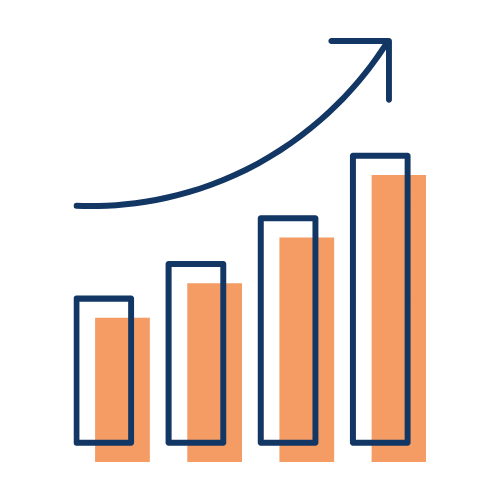Why Learning to Code Involves Failure (And How to Overcome It)
Introduction:
Learning to code can be a challenging and rewarding journey. However, it's important to acknowledge that failure is a natural part of the process. With Databudd, we'll explore why most people fail when trying to learn coding and discuss strategies to prevent this from hindering your progress. Keep in mind that everyone's path is unique, and finding the right approach for your learning style is crucial.
Choosing the Right Programming Language:
One of the initial roadblocks in learning to code is choosing the right programming language. The abundance of options, such as Python, JavaScript, Java, and others, can be overwhelming. It's common to start with one language and feel discouraged or bored, thinking that coding isn't for you. However, it's important to recognize that the choice of programming language may not align with your preferences or learning style. Consider exploring different languages and evaluating which one resonates with you. Remember, once you grasp one language, it becomes easier to learn others due to similar thinking patterns.
The Theory Road:
When embarking on the journey of learning to code, you'll come across two paths: the Theory Road and the Practice Road. The Theory Road involves formal methods such as enrolling in courses. However, many coding courses tend to focus on logical processes without providing the real-world context necessary for beginners to grasp the significance of what they're learning. For example, learning about lists in Python is meaningless if you don't understand why and when to use them. While theory-based courses offer structure, it's crucial to supplement them with practical applications.
The Practice Road:
Learning coding through practice involves picking projects that interest you and diving right into them. This approach allows you to learn on the job and experience the thinking process that developers go through. Although this method offers hands-on learning and fosters problem-solving skills, it has its downsides. Beginners often fall into the trap of copy-pasting code without truly understanding its functionality. This habit hinders troubleshooting skills and makes it challenging to comprehend the codebase. Additionally, you may inadvertently adopt bad practices without the guidance provided by formal courses.
Finding the Right Balance:
The best approach to learning coding is often a combination of theory and practice. Striking a balance between courses and hands-on projects allows you to gain foundational knowledge while reinforcing it through practical application. You can start with a fundamental course to understand key concepts and then transition into working on projects that align with your interests. By combining theory and practice, you benefit from structured learning and real-world experience.
Overcoming Challenges and Persistence:
Regardless of the learning method you choose, it's essential to acknowledge that learning to code can be challenging. While there are stories of individuals claiming to learn coding in a short period, becoming a proficient coder requires time, practice, and persistence. Don't be disheartened by setbacks or compare your progress to others. Embrace the learning process, celebrate small victories, and stay committed to continuous improvement.
Conclusion:
Learning to code involves a certain degree of failure, but it should not deter you from pursuing your goals. Choosing the right programming language, balancing theory, and practice, and maintaining persistence are key factors in overcoming obstacles. Remember, everyone's learning journey is unique, so find an approach that suits your learning style. By embracing failure as a steppingstone to success, you'll develop the skills and mindset necessary to become a proficient coder. So, take the leap, experiment, and don't be afraid to fail on your way to mastering the art of coding.
Thank you for reading! If you have any suggestions or questions, feel free to share them in the comments below. Don't forget to like and subscribe to DataBudd for more valuable content and more material on coding. Happy coding!


